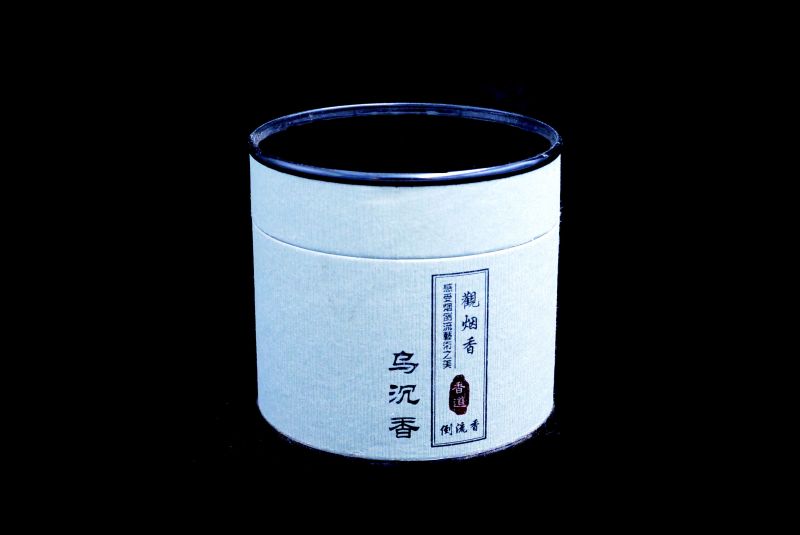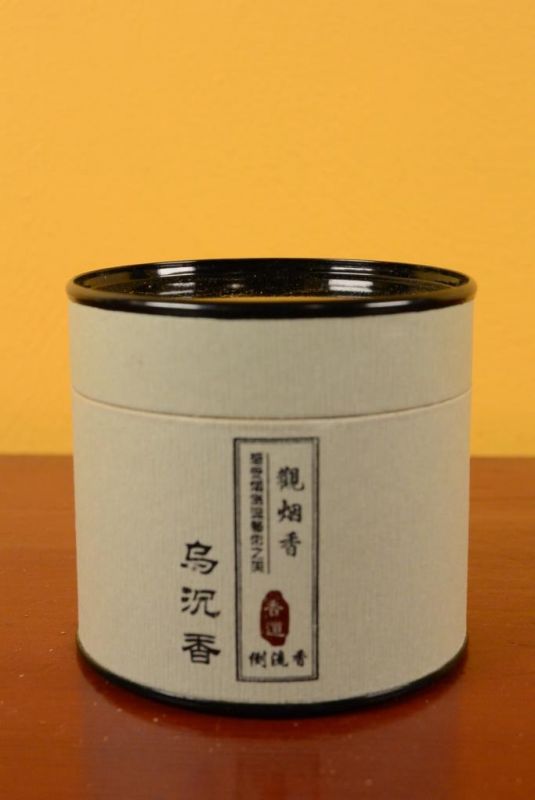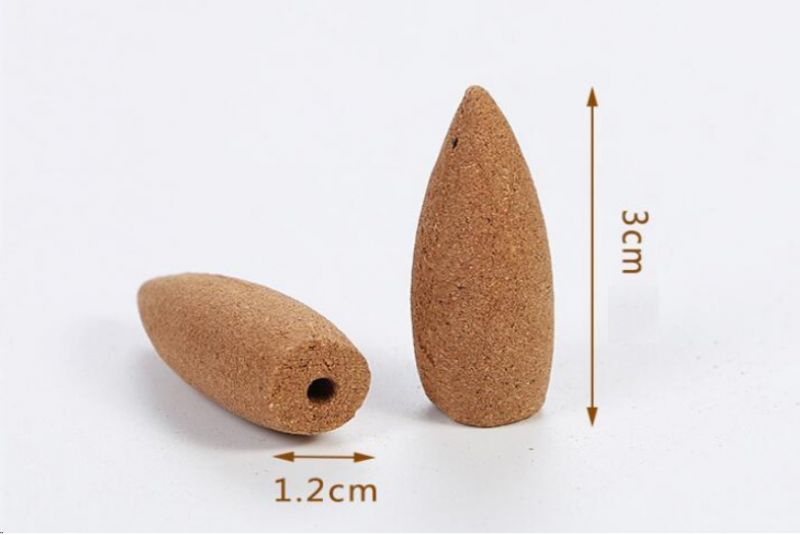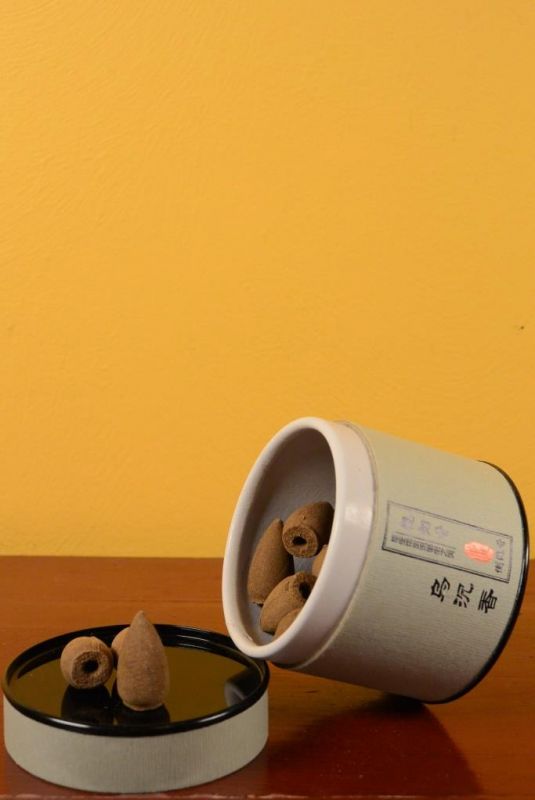Box of Incense Cones with Hole - Water of Agarwood
1060/5000 Incense from China and Asia
Description of Incense Cones:
Our incense cones are called "grains" by the Chinese because they look like grains of wheat. They have a hole in their center so that their smoke escapes downward. Thus, the smoke of our incense cones is stagnant, which allows it to accumulate on its support or follow a path on our incense holders which are provided for this purpose.
The incense that we offer on our site has a beneficial action on the psychological balance and on the physical health of its users. Indeed, incense has been used since ancient times to purify the air, to soothe the mind and to cure many ailments. It is therefore very useful for obtaining or maintaining physical and mental well-being.ist who created our incense holders imagined a game of smoke that allows you to relax by following its path.
Therefore, our incense cones are recommended to improve the air inside your home and to bring you well-being. They are sold in boxes of 45 pieces and are compatible with the design incense holders that we also offer on our site.
History of incense in China:
Incense has been used since ancient times in China, but also in Europe, Africa, America, India and the rest of Asia. At that time, and for millennia, incense was mainly used for religious and spiritual rites. The great ancient religions used a large amount of incense, so its trade quickly became a very lucrative business. At that time, India and the southern countries of the Arabian Peninsula were the largest production areas in the world. Many "Incense Roads" have been created to serve Europe and the rest of Asia, mainly by land..
The composition of the incense was different from one continent to another, but the most used resin is produced from Boswellia genus trees of the family Burseraceae. This tree is native to Oman, but it is also grown in India, Yemen and Somalia. It is the male tree that produces the resin to make incense, but it is necessary that it reaches the age of 10 years minimum to obtain resin of good quality. To harvest the resin, the bark of this tree is incised by removing a long, narrow flap. Then, this area is scraped to collect resin concretions that fall into a container. In contact with the air, the resin hardens and is harvested two or three weeks later.
In ancient times, in China, incense was considered more valuable than gold. It was a prestigious subject, just like jade. In Egypt, the etymology of the word incense refers to the divine, as in Greece or among the Romans. Incense is also widely used among Christians because it is one of the gifts that the Magi brought to Christ. The smoke that emanates from the burning of incense symbolizes in this religion the prayers that go up to heaven and to God. During Christian ceremonies, incense is burned in censers that are balanced to spread its fragrance throughout the religious building.
Incense was very much present in the rites of pagan religions, and it was quickly taken over by the great monotheistic religions for their own rites. Moreover, the composition of the incense is in the Bible, because God would have given the "recipe" of the incense to Moses. The shamans of Asia and America quickly discovered that the incense brought inner calm and serenity, the foundations of well-being according to them. They also breathed incense to the sick to cure certain diseases. For this purpose, they disposed the resin on hot coal or on a heated stone until incandescent.
Today, incense is considered as an objective ally of well-being. Indeed, its effectiveness is established by Western and Eastern medicine concerning certain ailments such as Crohn's disease, rheumatoid arthritis or asthma. It is still used in religious rites all over the world, and many private individuals consume it privately, to purify the air of their home in particular. The virtues of incense are universally recognized throughout the world, in the field of perfumery, health and well-being.
Sandalwood:
For many centuries, sandalwood has been one of the basic ingredients of incense in Asia and other continents. Indeed, this tree grows mainly in India, Australia, Nepal, Hawaii and New Caledonia. The main advantage of Sandalwood, when it comes into the composition of the incense, is that it is an excellent fixative to capture the aromas of other essential oils of the composition. In addition, its smell is woody and sweet, which makes it very pleasant. Sandalwood has soothing, soothing, antiseptic and disinfecting properties.
As a result, Sandalwood is widely used in the composition of grain or stick incense. It purifies the air inside houses, leaving a delicate and pleasant smell. It is established that Sandalwood acts positively on the alpha waves of the brain, those that allow you to meditate serenely. It also comes in the form of a scented oil that helps to calm down, fight anxiety, fight acne, revitalize skin and restore blood circulation. Sandalwood has been used for many centuries by Burmese, Egyptians, Chinese and Europeans.
















